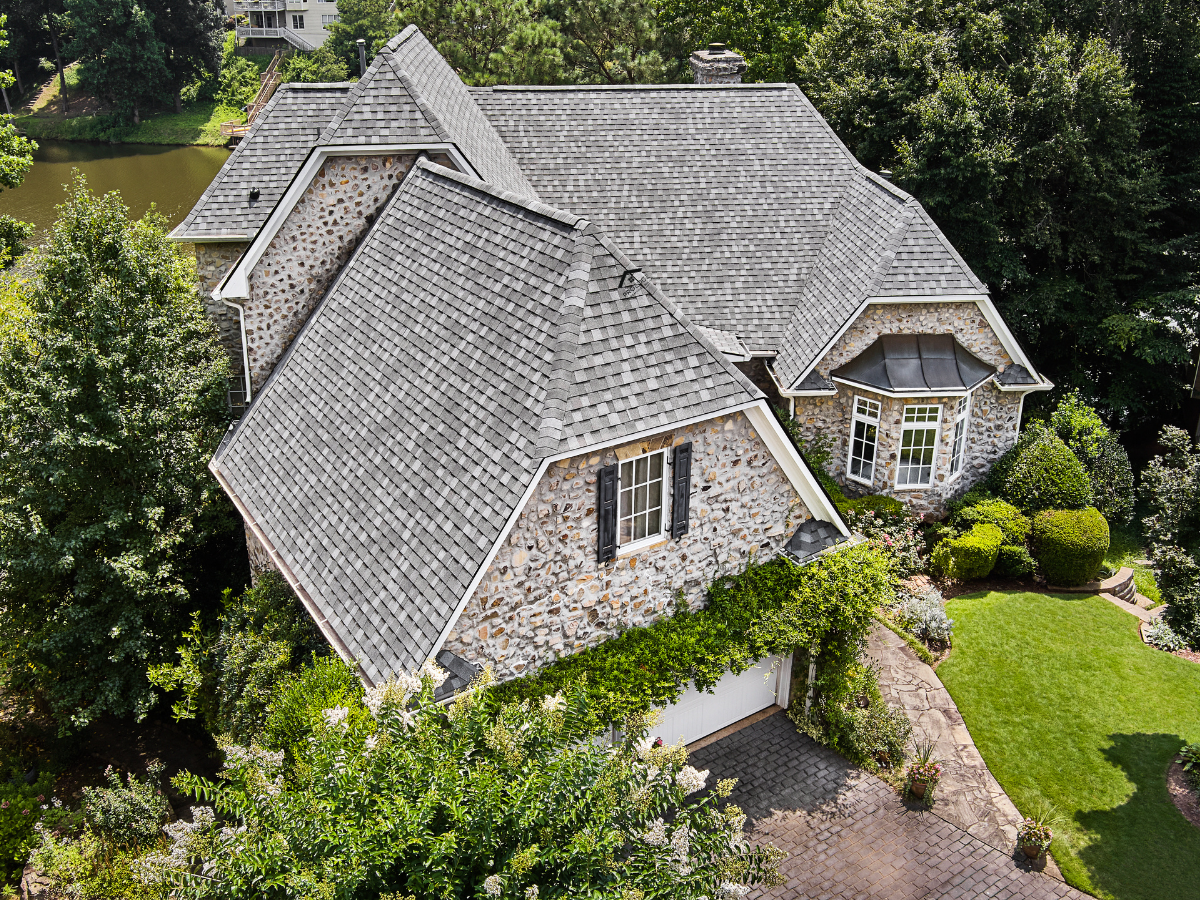The wood in your historic home windows may be more than a century old. This means your home is a treasure-trove of “old growth” wood, which is very expensive and hard to find today. By preserving your historic windows and adding storm windows, you can keep the charm and appeal of your home without sacrificing energy efficiency.
Embodied Energy
Consider the entire energy trail that went into producing the historic windows gracing your house. The wood was harvested, milled and shaped into the stout window sashes and frames you have now. The windows were glazed, transported and installed; all these steps took energy. The longer those historic old windows remain in your home, the more efficient they become, even after 100 years.
Consider the energy wasted by removing and landfilling those historic windows, then replacing them with modern vinyl or metal updates. Holding onto those original windows not only is financially a good move, it is environmentally wiser than replacing them.
Heating Bills
With harsh New England winters approaching, all that embodied energy might not mean much to you as you struggle to keep your house warm. Old windows are notoriously loose, lack double- or triple-glazed panes, and may allow air or water to infiltrate your home. While water seeping in through the window frames can lead to mold, it is air infiltration that robs your home of energy efficiency.
Regardless of your chosen way to heat your home—furnace, boiler, heat pump, coal or wood—you are spending a significant chunk of your monthly budget on fuel, so the air in your home costs money. The U. S. Department of Energy estimates you spend 45 percent of your energy costs on heating. Air infiltration through those old, drafty residential windows undermines your heat plant, making it work harder to achieve less warmth.
You have three solutions to increase the energy efficiency of the older windows of your home:
- Applying temporary shrink film insulation
- Adding storm windows
- Refurbishing the old windows
You need not choose any one solution—you can do all three, or any combination, if you wish.
Shrink Film
The shrink film insulation comes as an inexpensive kit, and is temporarily taped onto your interior window trim to provide an additional thermal barrier. The negatives of this approach:
- Appearance
- Possible tape damage to your trim
- Windows will not be operable all season
- Even at only $10 a window every season, a typical two-story New England Colonial home, with perhaps two dozen historic home windows, could be a budget-buster
Storm Windows
Well-made, sturdy storm windows are excellent investments. Not only can they preserve the historic character of your windows, they not detract from the interior appearance as shrink film does. Unlike the shrink film, storm windows will continue to provide excellent energy savings every winter for decades to come. Your initial investment pays off in lower fuel bills and increased family comfort.
Storm windows come in several varieties:
- Interior panels
- Exterior panels
- Exterior tracked windows
Interior Panels
For old New England homes that must meet standards for historic preservation, interior panels are the only sensible solution. The exterior appearance is unaffected, and the easy access allows quick cleaning. This can be especially useful for second- and third-story windows.
Exterior Panels
Also called basement or picture window storms, these often have options such as insect screening for other seasons when the glass is out.
Exterior Tracked Windows
Usually configured as two-track or triple-track storm windows, these allow half of the window area to be screened, with storm window protection to preserve your double-hung, historic home windows.
Refurbishing
You can pay for professional rebuilding on historic home windows, which will not only reduce the creaks and rattles, but greatly improve their weather resistance. Depending on how much you wish to invest, you can have the window frames dismantled, fresh double-glazed glass inserted, and the sashes rebuilt. Once re-assembled, the refurbished windows will operate as well as, or better, than any replacement window on the market.
Such individual attention is not cheap; you can try repairing them yourself to save money, but consider:
- If you plan to remain in your home 20 or more years, professional refurbishment will provide a greater return on investment (ROI) than purchasing replacement windows
- You probably lack the specialized equipment to re-cut the sashes or remove the glass and re-glaze the frames.
- You definitely lack the skill to rebuild historic windows with the same level of confidence as crafts people who do such work for their livelihoods
Whether you choose to apply plastic film, invest in quality storm windows, rebuild your historic home windows, or some combination of all three, you will be rewarded with lower energy bills, a cozier home, and a happier family.
Subscribe to ProEdge Remodeling's Blog









